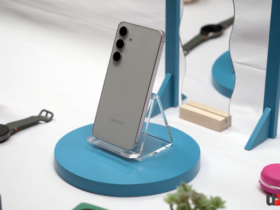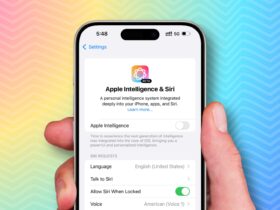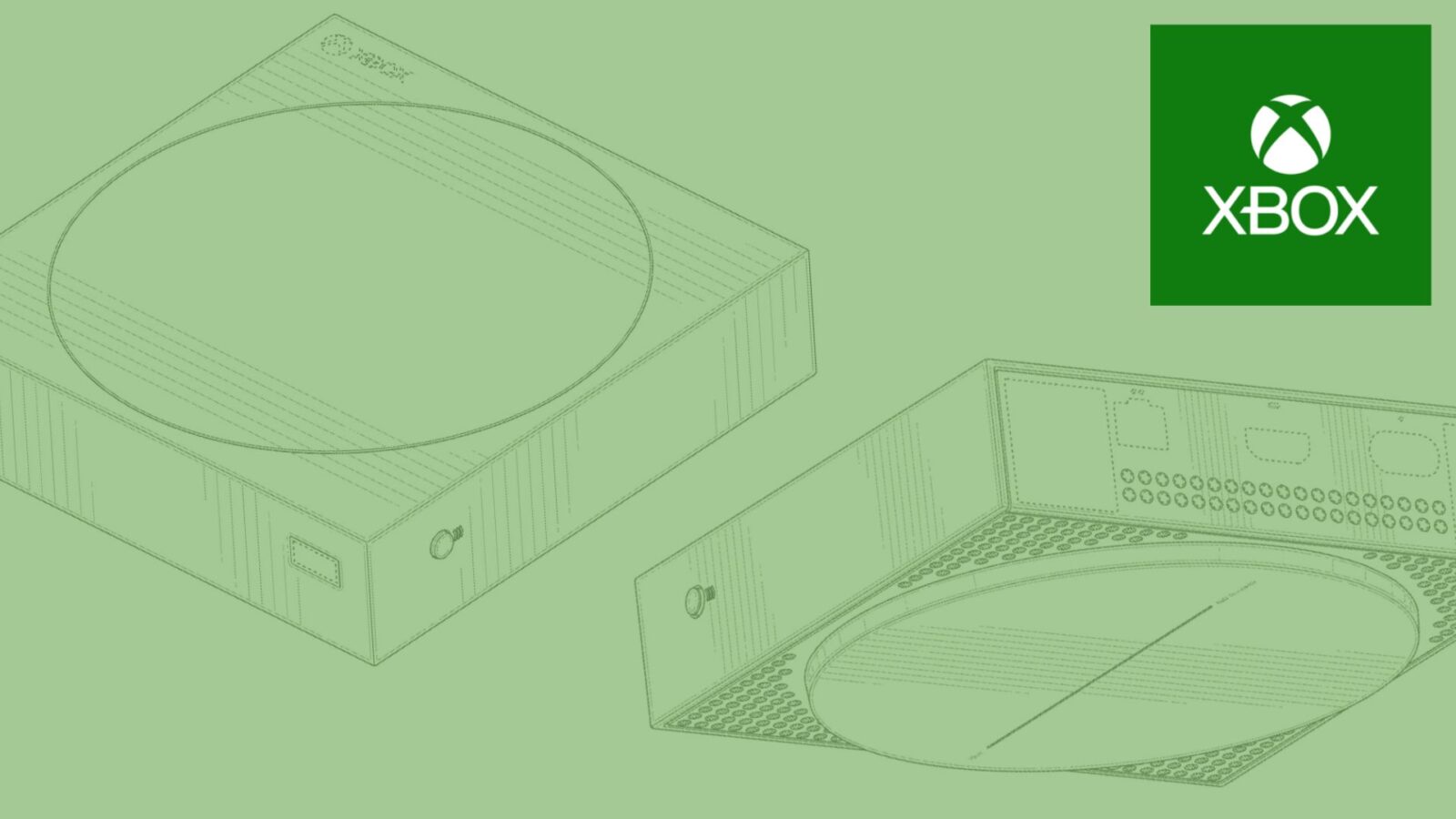Daftar Isi
Microsoft, a tech giant known for its gaming innovations, had a secret project in the works: the Xbox cloud console, codenamed Keystone. Although it never saw the light of day, a recent patent filing has given us a tantalizing glimpse into what could have been. Let’s explore the details of this intriguing revelation.
The Price Conundrum
Why didn’t Keystone Xbox Cloud Console make it to market? Microsoft faced a significant challenge: pricing. The company struggled to bring the cost down to a level that made sense alongside the already affordable $299 Series S. With occasional Series S sales dropping the price even lower, Keystone couldn’t find its niche.
The Road Not Taken
Microsoft Gaming CEO Phil Spencer confirmed that Keystone Xbox Cloud Console was fully functional but ultimately shelved due to pricing constraints. While we’ll never get to experience Keystone firsthand, its existence highlights Microsoft’s commitment to exploring new gaming frontiers.
A Glimpse into What Could Have Been
As we ponder the Keystone console, we’re left with questions: How would it have performed? Would it have revolutionized cloud gaming? While we’ll never know for sure, Keystone’s brief appearance in patent filings reminds us that innovation often takes unexpected paths—even if those paths lead to canceled projects.






























